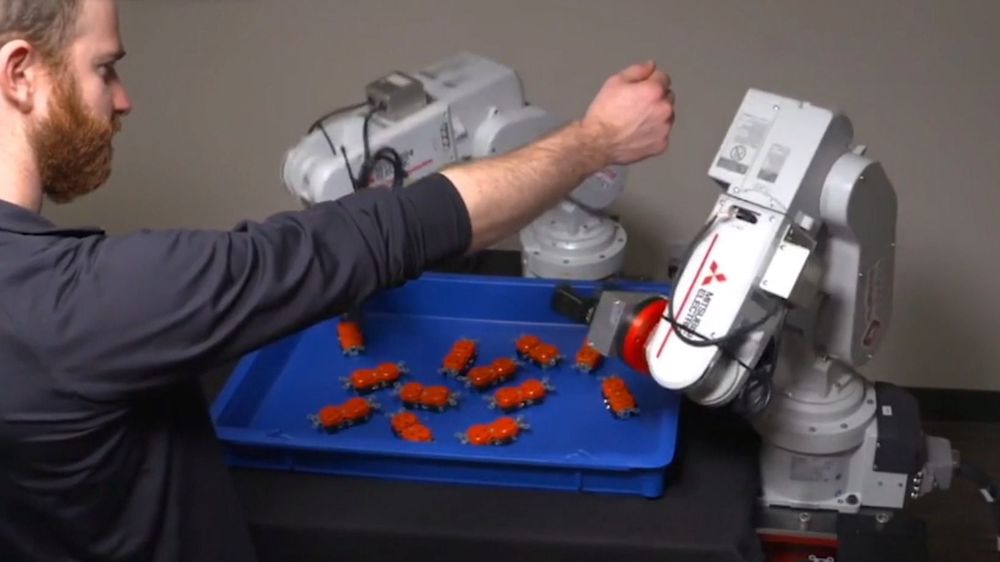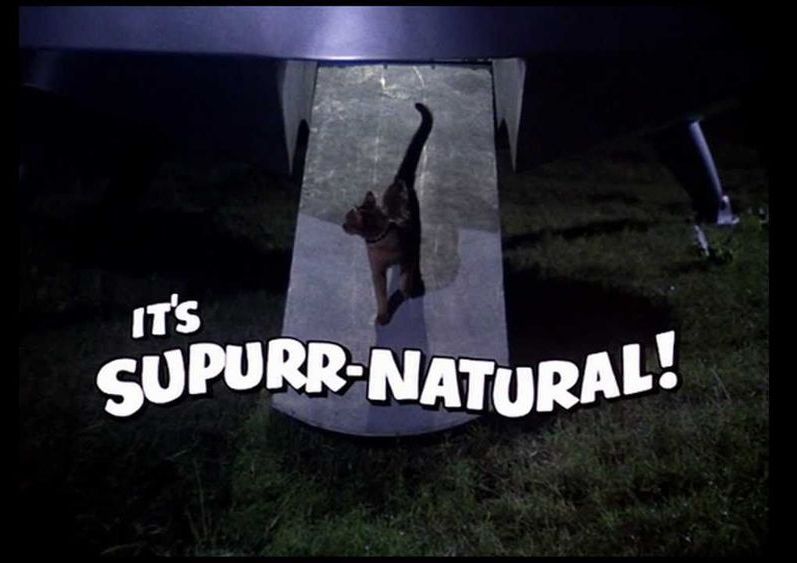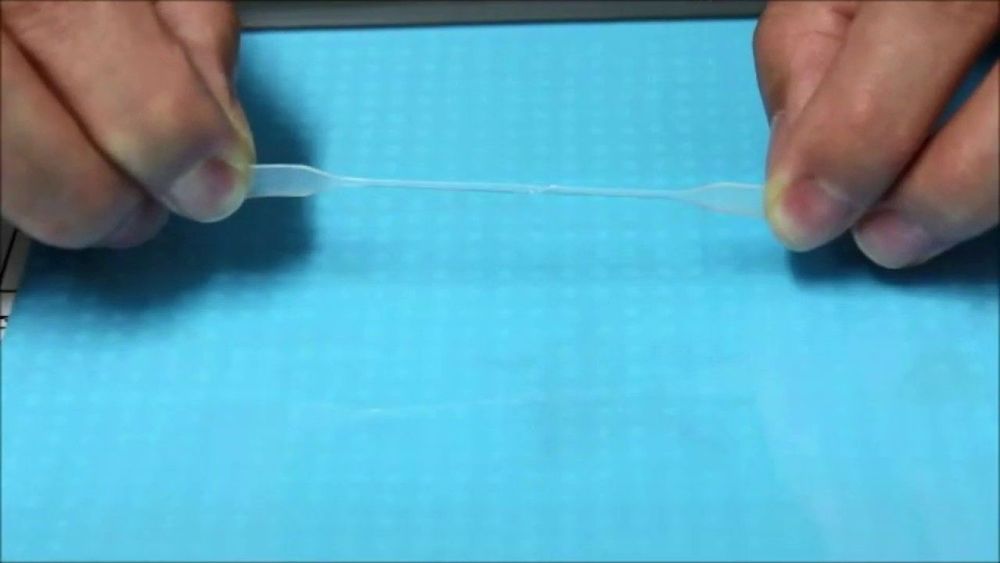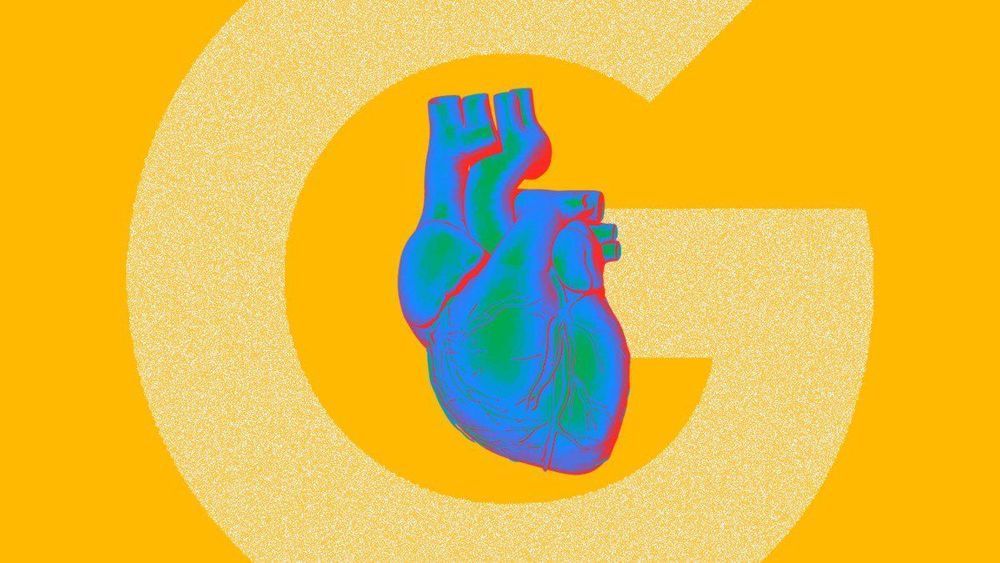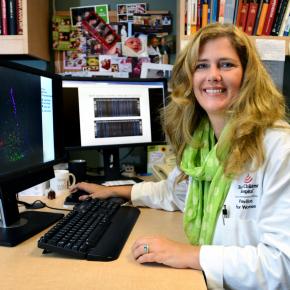
“Previously, bacteria were found using metagenomics or microbiome sequencing, and now we have confirmed that signal based on our ability to label the bacterial RNA with a florescent ‘tag’ and actually see them,” said Dr. Maxim Seferovic, instructor in obstetrics and gynecology at Baylor and lead author in the study. “We leveraged a powerful new imaging technology to add greater specificity in the signal of bacterial RNA, which helped us to see bacteria within the microarchitecture of the placental tissue.”
Researchers examined microbes in term and preterm gestations using a signal amplified 16S universal in situ hybridization probe designed for bacterial rRNA, along with several other histologic methods. Seferovic said the study was carefully designed to control for contamination as best as possible, so that these sparse bacteria could be accurately attributed to their location in the placenta.
“We did not see quantitative or numerical differences between preterm or full-term births, nor did we see them localizing to different substrata. But we do see differences in what genera of bacteria are there in preterm or full term, and this supported our and other’s past findings as well,” said Aagaard.
